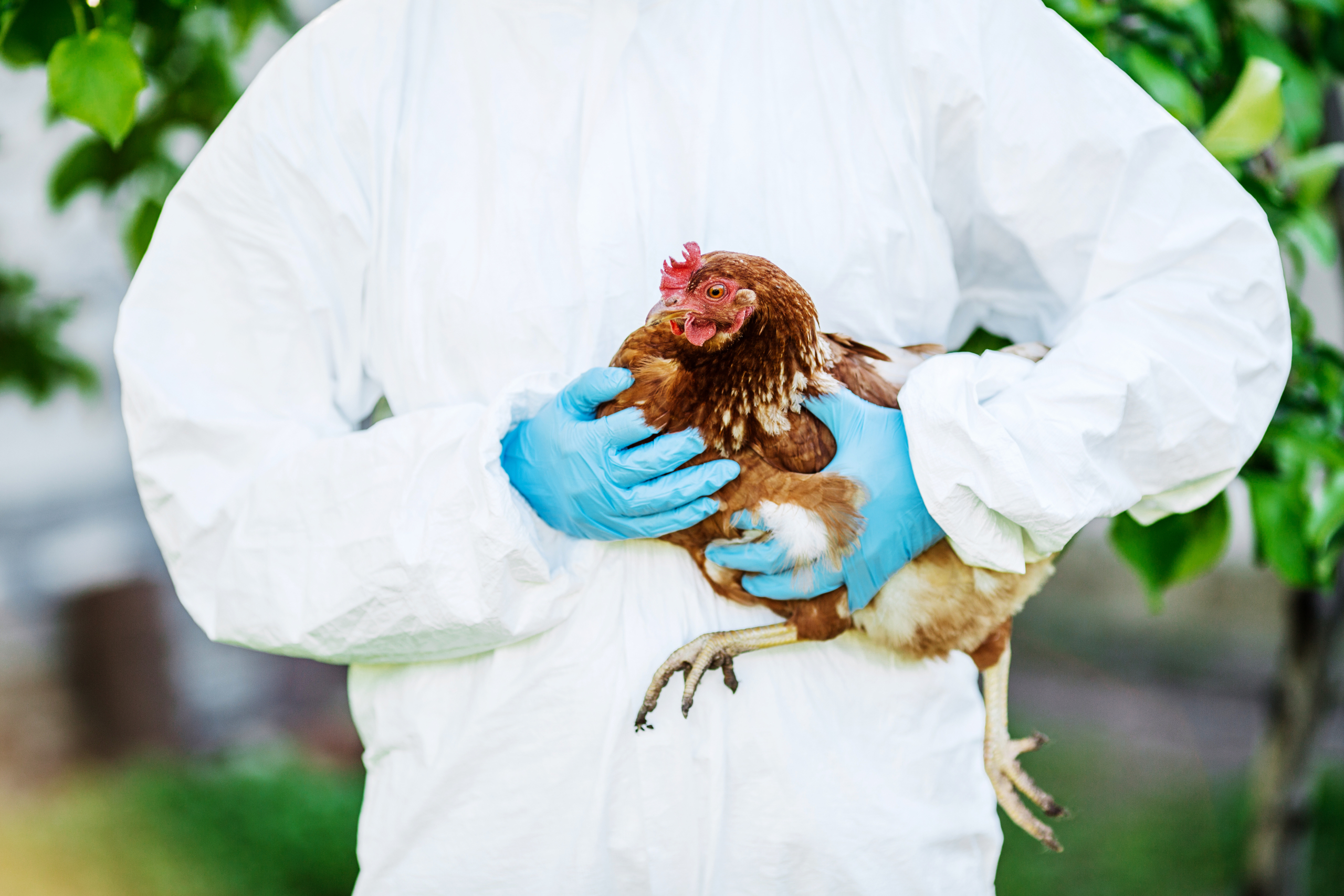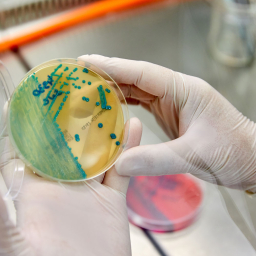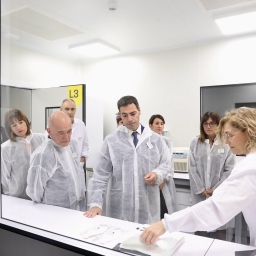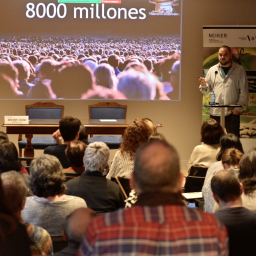NEW
We are investigating new ways of transmitting avian influenza to strengthen prevention measures
26 September 2025- The NEWFLUPREV project aims to understand the mechanisms of virus transmission and reduce its impact on animal and human health in Europe.
Avian influenza, which mainly affects birds and can cause serious outbreaks with high mortality rates, also has the ability to spread to other animal species. This host jump generates indirect risks to human health and makes the disease a global threat that compromises not only animal health, but also biodiversity and public health.
The highly pathogenic H5N1 influenza subtype has infected more than 150 species of wild and domestic birds, as well as a large number of mammal species, causing high mortality rates. The outbreaks recorded in recent years pose a major risk to biodiversity and are also a serious threat to farm animals, including dairy cattle. The current outbreak of avian influenza is the worst ever recorded worldwide for this disease, and the changes observed in the epidemiology of the virus call for studies to investigate the mechanisms of transmission and other key aspects of the virus’s epidemiology in greater depth.
Given this scenario, at NEIKER we promote research projects that seek to better understand the disease and its transmission mechanisms, as well as to develop effective measures to mitigate it. Among these initiatives is NEWFLUPREV, a project funded by the State Research Agency (AEI) and the Ministry of Science, Innovation, and co-financed with European Union funds, which is coordinated by NEIKER and also involves IRTA-CReSA and IREC-UCLM. This project began in September 2024 and will run until 2027, with the aim of analyzing how avian influenza is transmitted, with a special focus on the H5N1 subtype, a highly pathogenic subtype that causes serious disease and high mortality rates in domestic and wild birds.
“The epidemiology of avian influenza viruses has changed significantly in recent years, altering the seasonality of outbreaks, the species affected, and the severity of the disease,” explains Dr. Marta Barral, a researcher in the Animal Health Department at NEIKER, adding that “these changes make it essential to gain a deeper understanding of the mechanisms of transmission and the immunity acquired by birds in order to design effective control strategies.”
Monitoring on farms and natural environments
The NEWFLUPREV project builds on previous knowledge of wild bird communities, microbiomes and inter-farm connectivity, applying advanced methodologies to understand the circulation of pathogens, mainly bacteria, and reduce their impact. Among these techniques, massive sequencing stands out, which will allow further investigation of pathogen exchange between wild birds and laying hens in an open regime, as well as transmission in environments shared by different species.
In parallel, within the framework of the project, NEIKER collaborates with IREC-UCLM, in the validation of the use of air and water samplers in areas with a high concentration of birds to test their usefulness in the early detection of outbreaks. As the researcher points out, “these devices will make it possible to detect viruses and bacteria in the environment and could become a practical tool both in natural areas and on farms”.
In addition, interactions between wild and domestic birds are studied by means of photo-trapping cameras and systematic censuses of species in the farm environment during the four seasons of the year. This seasonal monitoring makes it possible to identify which species visit the farms, at what times and with what frequency, information that is key to determining the periods of greatest risk of transmission and to orienting recommendations adapted to each scenario.
In addition, wildlife recovery centers will be used as controlled models by studying viruses that are transmitted in a similar way to avian influenza but are more frequent in wild birds. Birds of different species are concentrated in these centers, especially at certain times of the year, facilitating their study and evaluating their dispersal potential.
“This knowledge will not only strengthen animal health protection and reduce risks to human health but also allow us to use certain species as sentinels to alert us to the presence of the virus in the environment,” says Dr. Barral.
Comprehensive and collaborative research
The initiative is developed under the One Health approach, which analyzes the interdependence between animal health, human health and ecosystems. This approach provides an understanding of how pathogens circulate between wild birds, domestic birds and the environment, and how these movements can affect human health and biodiversity.
For the One Health approach to be effective, it is necessary to coordinate the participation of various stakeholders. In this regard, farmers and veterinarians provide information on the appearance of symptoms, mortality and on-farm biosecurity practices. For their part, wildlife managers and recovery centers contribute to the monitoring of wild species and early detection of the virus; and laboratories, in turn, analyze samples and perform virus sequencing, which allows the identification of genotypes and transmission patterns. Finally, public administrations coordinate prevention and control measures, ensuring communication and cooperation among all the actors involved.
“Only by sharing knowledge among the different sectors is it possible to implement effective control strategies and minimize risks,” the researcher concludes.






